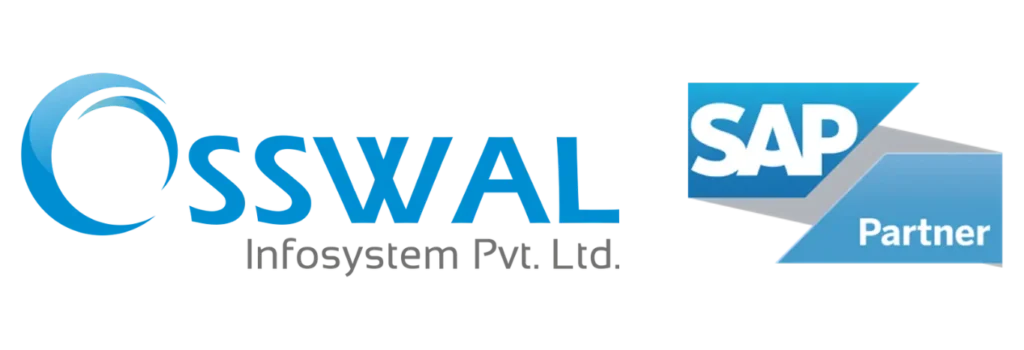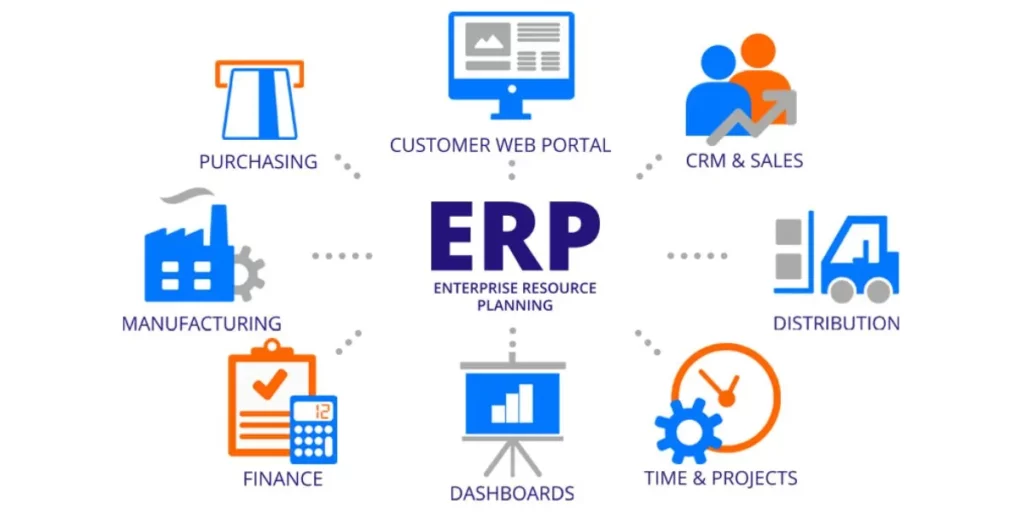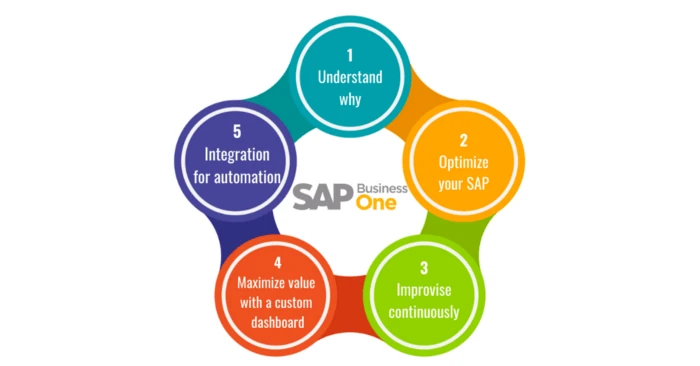Enterprise Resource Planning (ERP) systems are powerful tools that help businesses streamline operations, improve efficiency, and gain better control over their processes. However, one critical decision businesses must make when implementing an ERP system is whether to customize or configure it to meet their specific needs. In this blog post, we’ll explore the differences between ERP customization and configuration and discuss how to strike the right balance between the two.
Understanding ERP Configuration
ERP configuration involves tailoring the system to align with your business processes by making adjustments within the existing framework of the ERP software. Configuration typically utilizes built-in tools, settings, and options provided by the ERP vendor to adapt the system to your requirements.
Benefits of ERP Configuration:
Faster Implementation: Configuration is usually quicker than customization because it relies on existing features and functionalities.
Cost-Effective: It often comes at a lower cost as you’re not building entirely new components.
Easier Maintenance and Upgrades: Configured ERP systems are generally easier to maintain and upgrade since they rely on standard features.
Exploring ERP Customization
ERP customization, on the other hand, involves altering the software’s source code to develop new functionalities or modify existing ones. This approach provides a high degree of flexibility but comes with higher costs and complexities.
Benefits of ERP Customization:
Tailored Solutions: Customization allows you to create precise solutions that match your unique business processes.
Competitive Advantage: It can provide a competitive edge by allowing you to develop features that set you apart from competitors.
Addressing Specific Needs: Customization is essential when your business has highly specialized or unique requirements that cannot be met through configuration alone.
Finding the Right Balance
Striking the right balance between customization and configuration is crucial to a successful ERP implementation. Here are some key considerations to help guide your decision:
Understand Your Business Needs: Begin by thoroughly understanding your organization’s unique requirements. Identify which processes are core to your business and where customization may be necessary for a competitive advantage.
Leverage Standard Features: Whenever possible, use the standard features and functionalities provided by your ERP system. These are typically well-tested and easier to maintain.
Future-Proofing: Consider the long-term impact of customization. Will it complicate future upgrades or maintenance? Ensure that your customization efforts won’t hinder your system’s scalability or flexibility.
Vendor Support: Consult with your ERP vendor to understand the extent to which customization is recommended or supported. Some vendors discourage extensive customization due to potential complications.
Cost-Benefit Analysis: Evaluate the cost implications of customization versus configuration. Customization can be expensive, so weigh the benefits it brings against the added cost.
User Training: Keep in mind that customization may require additional training for your team to effectively use and maintain the modified ERP system.
Documentation: Thoroughly document any customizations made to the ERP system. This documentation will be invaluable for troubleshooting, maintenance, and knowledge transfer.
Testing and Validation: Rigorously test customized components to ensure they function as intended and do not introduce errors or vulnerabilities.
In conclusion, finding the right balance between ERP customization and configuration is a critical decision that can impact the success of your ERP implementation. While customization offers tailored solutions and a competitive edge, it comes with added costs and complexities. Configuration, on the other hand, is quicker, more cost-effective, and easier to maintain but may not fully address unique business needs. By carefully evaluating your organization’s requirements and considering the long-term implications, you can make an informed decision that maximizes the value of your ERP system while minimizing risks and complications. Ultimately, the goal is to leverage the power of ERP technology to streamline your operations and drive business growth.



